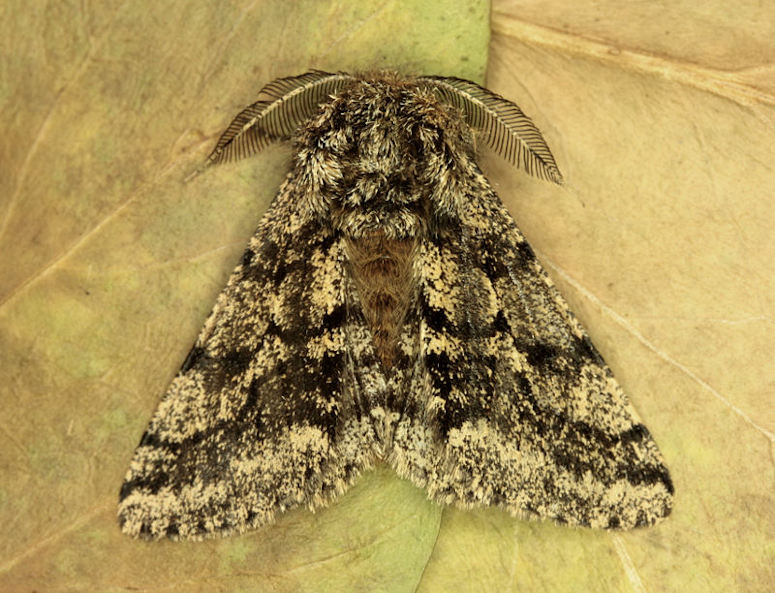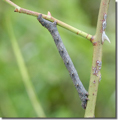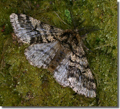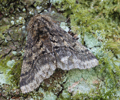Brindled Beauty
Lycia hirtaria
Checklist Number70.248 [B&F: 1927]
Verification
Record will be accepted (subject to date and location checks)
Classification
| Family: | Geometridae |
| Subfamily: | Ennominae |
| Genus: | Lycia |
| Species: | hirtaria |
| Authority: | (Clerck, 1759) |
Common in broad-leaved woodland, scrub, hedgerows, parks and gardens throughout England, Wales and southern Scotland, a species of conservation concern under the UK Biodiversity Action Plan. In Hampshire and on the Isle of Wight widespread, but only found in numbers in mature oak woodland, and much less numerously than in the past. Wingspan 42-52 mm. The male is most likely to be confused with Pale Brindled Beauty Phigalia pilosaria, from which readily distinguished by the prominent black cross-lines of Brindled Beauty. Larva feeds on various broad-leaved trees and shrubs, including Birch, Hawthorn, Alder, Sallow, Oak, Elm and Lime, over-wintering as a pupa.


The abundance in each month is indicated as follows:
 No records
No records Very occasional
Very occasional Irregular
Irregular Uncommon
Uncommon Off-peak, but not unusual
Off-peak, but not unusual Off-peak, but not unusual
Off-peak, but not unusual Main flight time
Main flight time| J | F | M | A | M | J | J | A | S | O | N | D | |
|---|---|---|---|---|---|---|---|---|---|---|---|---|
| Adult |  |  |  |  |  |  |  |  |  |  |  |  |
| Larval |  |  |  |  |  |  |  |  |  |  |  |  |







